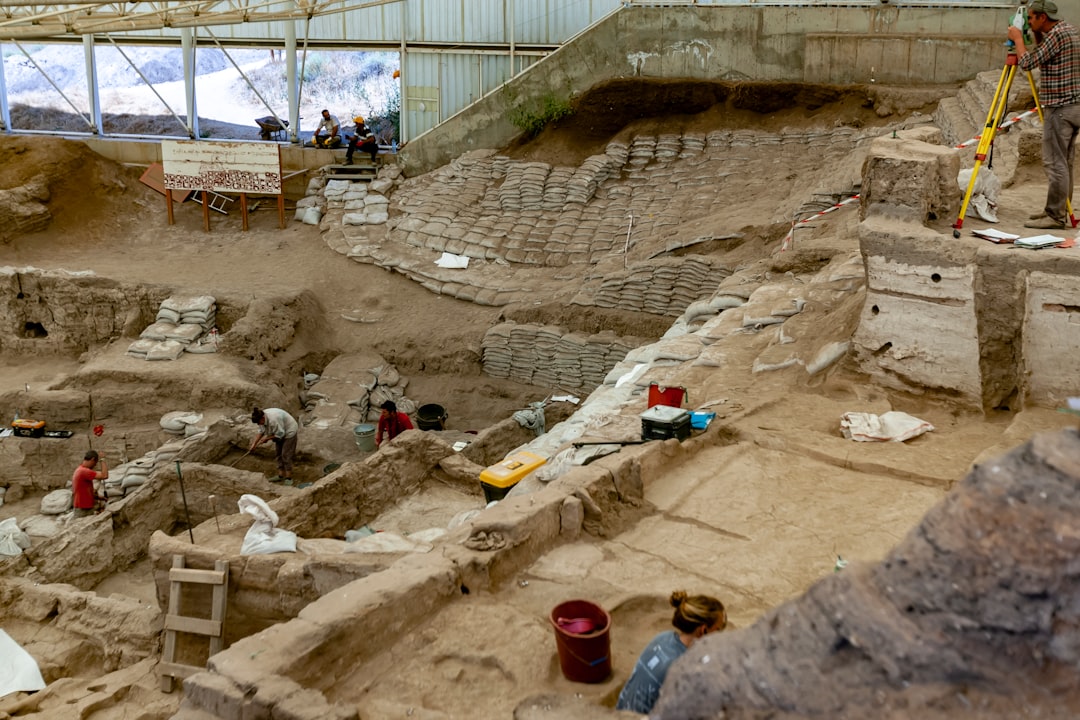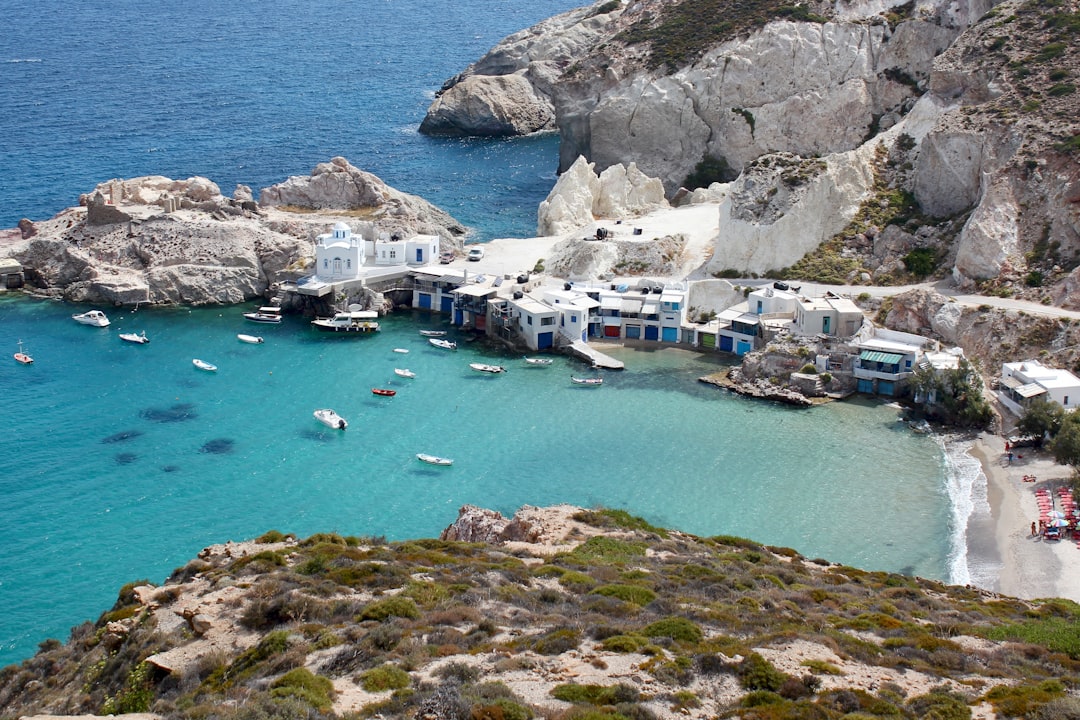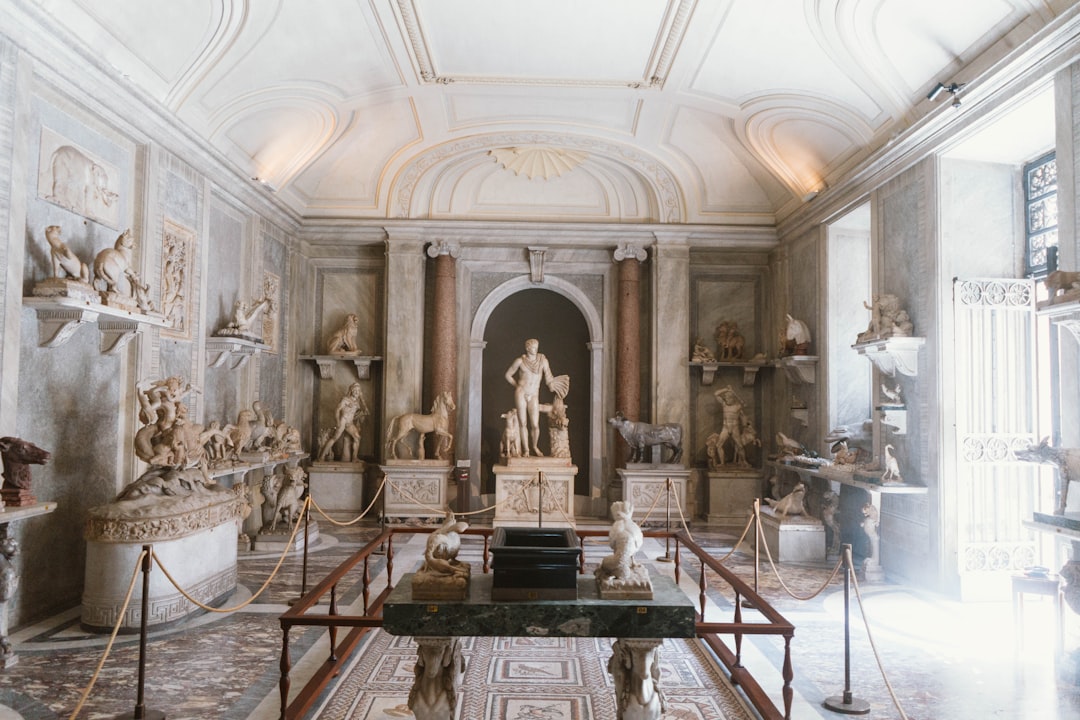What is it about?
This is a paper that explores when and how well conservators, who are responsible for the care of cultural or heritage objects in museums (or galleries or sites), consult with others when making decisions about what to do to look after them. Most ethical codes tell conservators that it is good to consult but when you start to do this practically it can become quite difficult. Problems arise in deciding who to consult, about what and what happened if their advice conflicts with each other or with any of your dearly held (ethical) principles. The paper conducts a review of published case studies and noted that whilst conservators are generally pretty good at sharing the meaning and future care of an object with others they are far less prepared to discuss the technical aspects of a conservation treatment. The review also found that there might be a greater willingness to listen to other ‘technical experts’ and less willingness to share decisions with originating communities. We concluded that our ethical codes are quite vague and this may lead to unproductive or even counterproductive engagements.
Featured Image

Photo by chuttersnap on Unsplash
Why is it important?
Conservation – the act of keeping things for the future in places like museums - is a practice based on sharing objects in a way that is fair between current and future generations. We help gauge what the right way to do this by consulting with owners, creators and the public about what they want from their current and future heritage collections. However, because it is a technical practice (conservation training takes many years and is an applied science) there can be a reluctance to share decisions that stray into the technical arena. If consultation with out stakeholders is not carefully framed it can lead to conflict or to people being consulted and ignored – which most people agree is far more aggravating than not being consulted at all.
Perspectives
Tanya – the lead author was working to conserve a small ceramic dollhouse that belonged to a museum. It had been broken and part of the doll was missing (one of her three legs!). The artist who made the doll was available for us to talk to so we could seek her views on how best to conserve (repair) it. This got us thinking about how and when conservators consult with others regarding the treatments that they undertake.
Professor Jane Henderson
Cardiff University
Read the Original
This page is a summary of: Dialogue in conservation decision-making, Studies in Conservation, June 2016, Taylor & Francis,
DOI: 10.1080/00393630.2016.1183106.
You can read the full text:
Contributors
The following have contributed to this page










